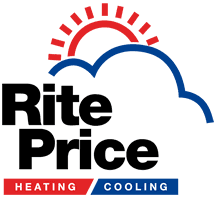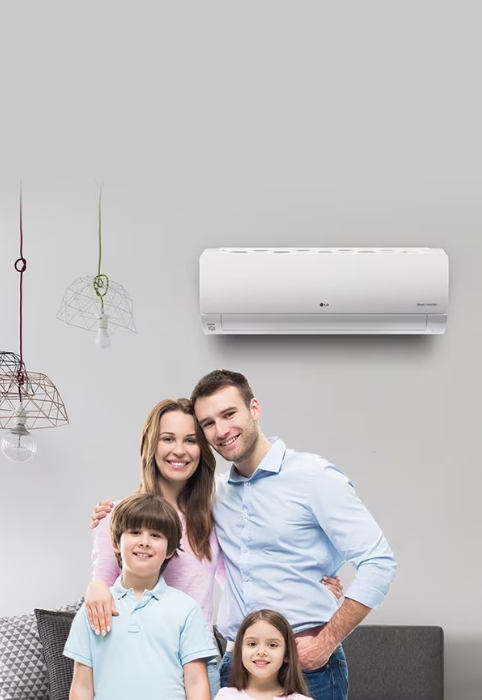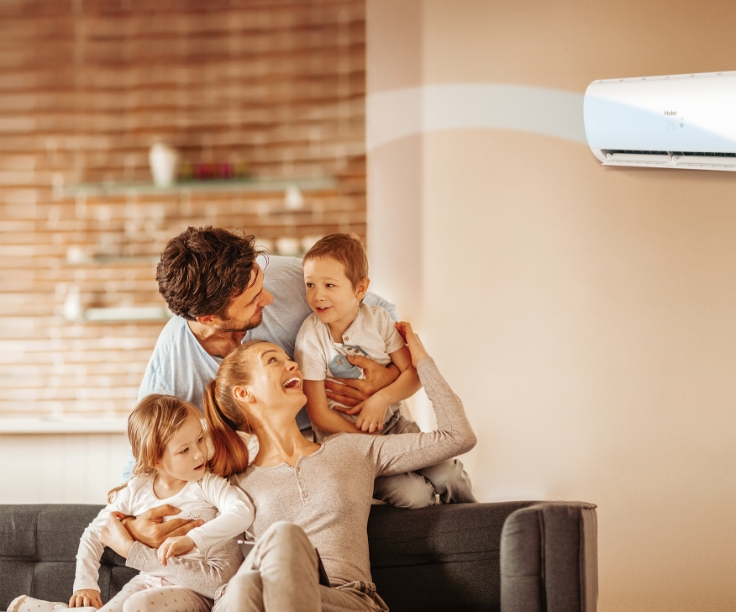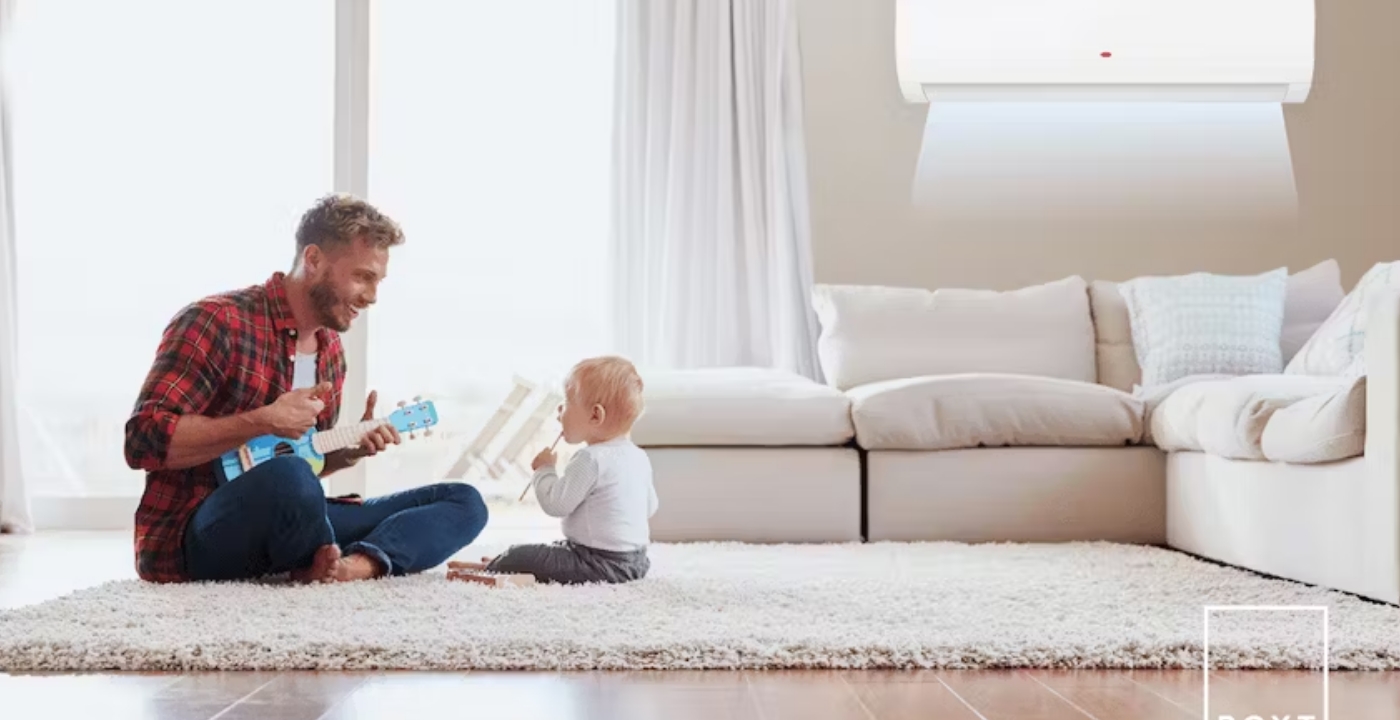Does the kW of a split system affect their energy efficiency?
Buying an air conditioning unit can get overwhelming with all the features, pricing, servicing, and split system energy efficiency considerations.
One of the areas you might not be the most up to speed with is the kilowatt size of the system and how best to choose your unit to ensure the kW you select for your split system is the most energy efficient for your needs.
>The kilowatt output of your split system air conditioner is something that many don’t consider on the list of priorities, however, if you select a split system air conditioner that is too small or large, you could wind up spending more on the running of your system if the unit ends up not being energy efficient.
In this article, we explore the ideal size of a system based on the floor space of your property, energy efficiency ratings and how to select the right split system to meet your property requirements.
Options and sizes of split system based in kilowatts
Why Energy Efficiency Matters When Buying a Split System
When entering the market for a split system air conditioner, split system energy efficiency will become a key consideration.
>It’s not just about comfort—it’s also about choosing the right system size for heating and cooling performance and cost control.
Power Output vs Running Cost
To ensure efficiency, it’s important to focus on the unit’s kW power output, not just the upfront cost.
While the price of the unit is a factor, long-term energy use will impact your wallet more significantly.
A cheaper unit that’s inefficient can cost far more over time than a slightly more expensive, energy-efficient model.
How Air Conditioning Efficiency Is Measured
Split system capacity is measured in British Thermal Units (BTUs), and output power is measured in kilowatts (kW).
In Australia, appliances are rated by the Energy Star Rating system—the more stars, the more energy-efficient the unit is.
This same system applies to other household appliances like dishwashers, washing machines, and televisions.
Basic Power Requirements for Split Systems
As a general rule, you need at least 80 watts per square metre to heat or cool a space effectively.
Reverse cycle air conditioners—used in most split systems—are rated for both heating and cooling capacity.
Recommended Split System kW by Room Size
Here’s a quick guide to help you choose the right size system for your space:
2.8kW – Suitable for rooms up to 20 sqm
4.2kW – Suitable for rooms up to 30 sqm
5.6kW – Suitable for rooms up to 40 sqm
7.0kW – Suitable for rooms up to 50 sqm
8.4kW – Suitable for rooms up to 60 sqm
Choosing the right size ensures your unit operates efficiently and keeps your energy bills under control.
Smart Features for Better Efficiency
Many top air conditioning brands now offer intelligent energy-saving features.
These can reduce overall running costs and optimise performance automatically based on your room’s conditions and usage patterns.
Features energy efficient split system air conditioning systems can offer users include:
Detect when a room is empty and adjust air conditioning levels automatically to save energy.
Sense sunlight and change heating or cooling based on the amount of natural light entering the room.
Create rhythmic temperature waves to maintain consistent and comfortable room conditions.
Scan the space and direct airflow toward occupied areas or where people are seated.
Learn and adapt to your daily routines for smarter, more efficient operation.
Leading brands like Panasonic offer many of these advanced, energy-saving features in their split system models.
If you’re seeking a system with energy efficiency at its core, speak with an expert for tailored advice.
Australia has many trusted brands that specialise in smart, efficient air conditioning solutions to suit any home.
Is it worth buying an energy efficiency air conditioner?
If you want an energy efficient air conditioning system, remember some models cost more upfront due to advanced features.
These systems may seem expensive initially but usually have much lower running costs over their lifetime.
Many people skip higher upfront costs, only to pay more in long-term energy bills—defeating the purpose of efficiency.
To decide wisely, compare two systems: one with a 5-star rating and one with a lower energy efficiency rating.
This comparison helps you understand which air conditioner better suits your comfort, energy goals, and long-term budget.
To do this, you will need to calculate the following:
– Purchase price
– Cooling power input in kW
– Energy usage each day
– Energy used over a set amount of days or months based on kW
– Running cost over ten years
– Total cost of ownership
This calculation will provide a clear overview of whether the system you are looking to buy is energy efficient and suitable for your needs.
Why Split System Size Affects Energy Efficiency
The size of your split system air conditioning unit directly affects its energy efficiency and long-term performance.
Understanding both energy ratings and system size is crucial when choosing the right air conditioner for your home or office.
Understanding Energy Star Ratings
Energy star ratings help consumers easily compare the energy efficiency of appliances, including air conditioning systems.
The system includes up to 6 stars for both cooling and heating, plus an additional 4 bonus stars for super-efficient models.
These ratings allow you to confidently compare models in the Australian market to find the best value and efficiency.
How the Star Rating System Works
Star ratings measure energy usage among products performing similar tasks, giving you a simple way to compare efficiency.
For split systems, EER (Energy Efficiency Ratio) is used for cooling and COP (Coefficient of Performance) for heating.
Each system is only compared with models of similar capacity—for example, 7kW units are only rated against other 7kW systems.
This ensures you get a fair, apples-to-apples comparison across brands and models.
Why Getting the Right Size System Matters
Choosing the right size system is more important than just chasing high star ratings.
A unit that’s too small will struggle to cool or heat the space and consume more energy doing so.
It will also work harder, driving up energy bills and reducing its lifespan.
An oversized unit may cool too quickly without properly dehumidifying, wasting energy and increasing upfront costs.
That’s why proper sizing is critical for both comfort and efficiency.
Key Factors to Consider When Choosing the Right Size
When selecting a split system air conditioner, consider the following:
Room size and ceiling height
Wall materials and insulation quality
Usage patterns (e.g. all-day vs part-time use)
Climate and local environmental conditions
Window size, quantity, and orientation
The Impact of Wrong Sizing
Undersized units must work harder to achieve the desired temperature and may still fall short of expectations.
Oversized systems cost more initially and can be inefficient if not matched correctly to your space requirements.
Right-sizing your system ensures long-term efficiency, lower running costs, and optimal comfort.
Get Expert Advice from Adelaide’s Air Conditioning Specialists
If you’re installing a unit—big or small—consult a professional air conditioning expert for the best results.
An expert will assess your space and recommend a correctly sized, energy-efficient system tailored to your needs.
Rite Price Heating & Cooling offers a wide range of high-performing split systems for homes and businesses across Adelaide.
We’ll help you find the perfect unit, manage the installation, and provide after-sales servicing for long-term performance.
Book Your Obligation-Free Quote Today
Need an energy-efficient split system for your Adelaide property?
Speak with the experts at Rite Price Heating & Cooling today.
We offer free onsite quotes to assess your needs and recommend the right system for your space and budget.
Contact us now to get started with the perfect heating and cooling solution.








